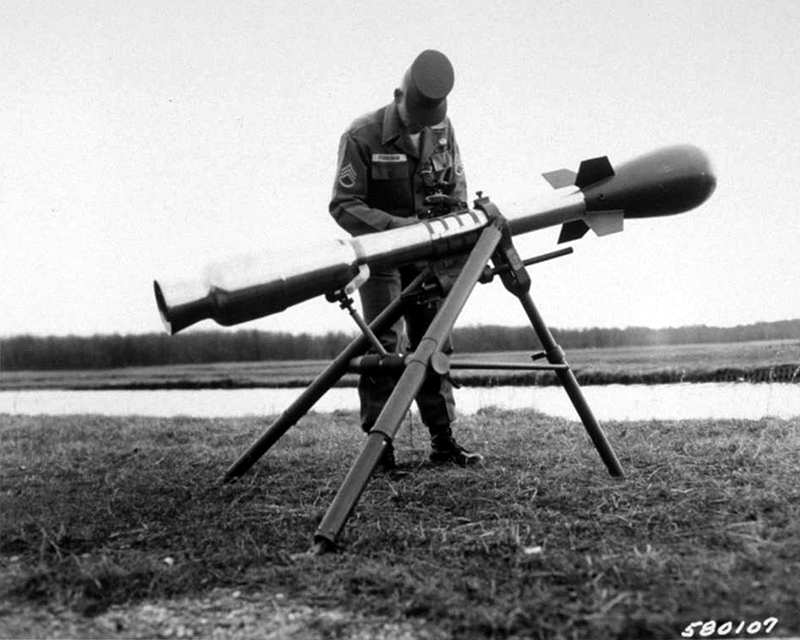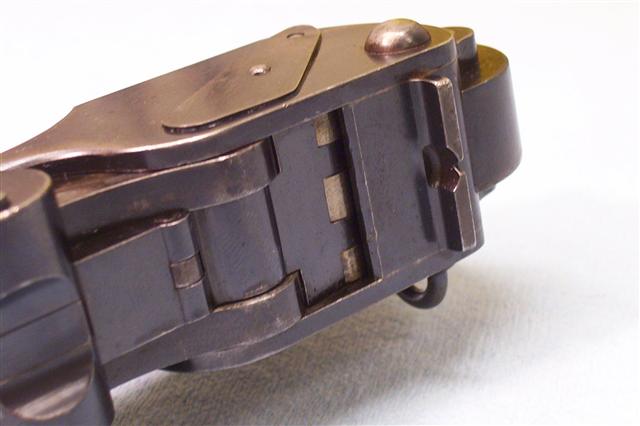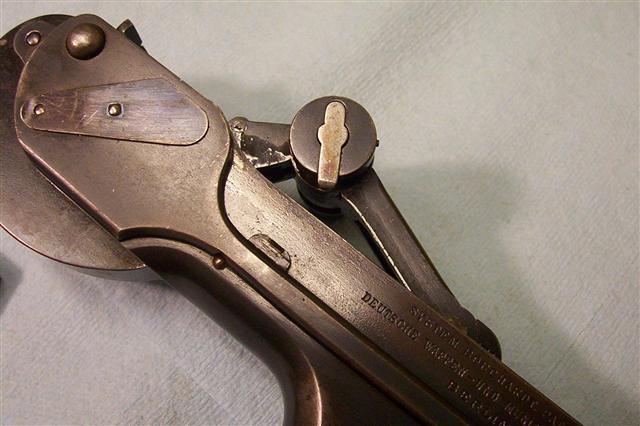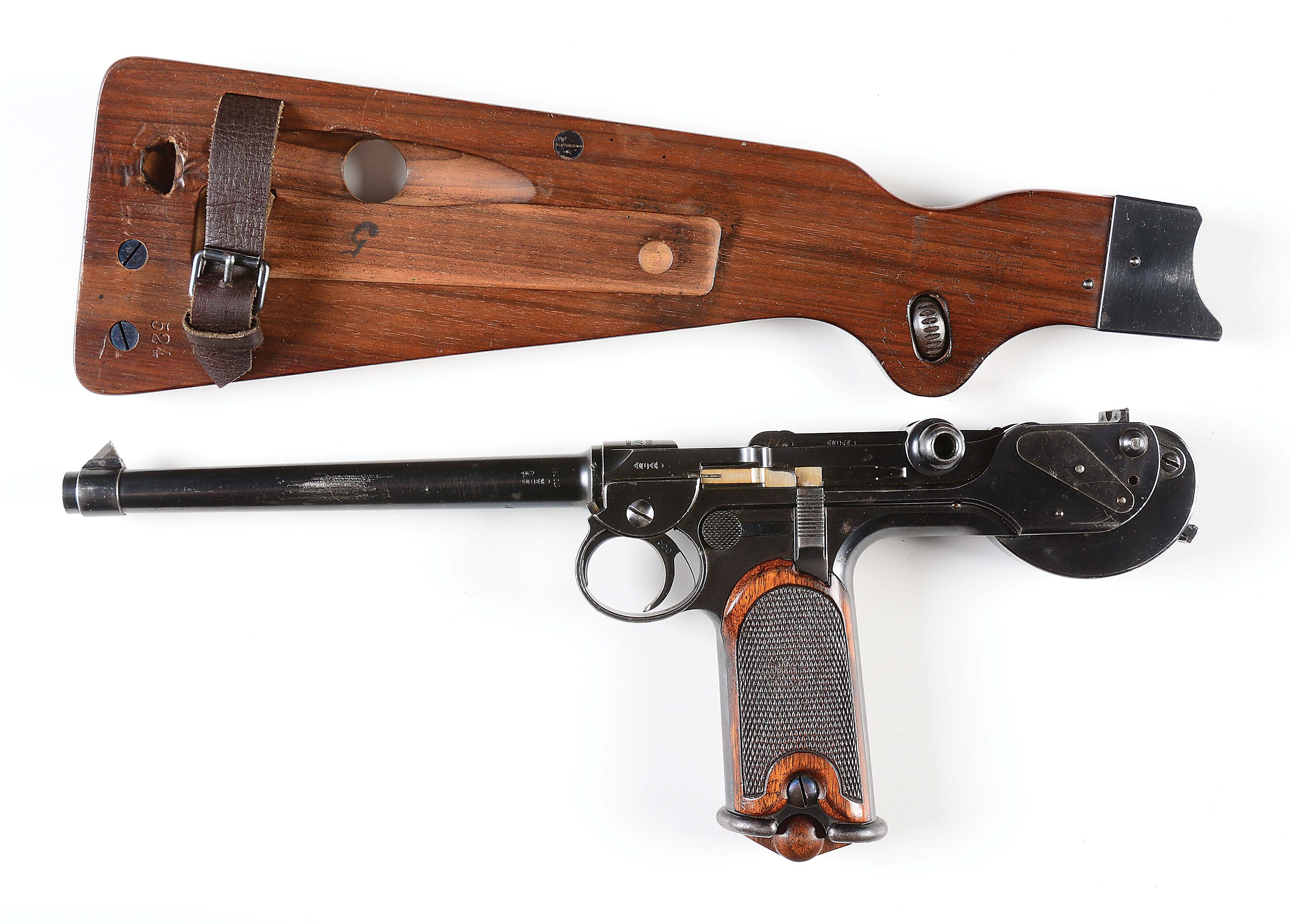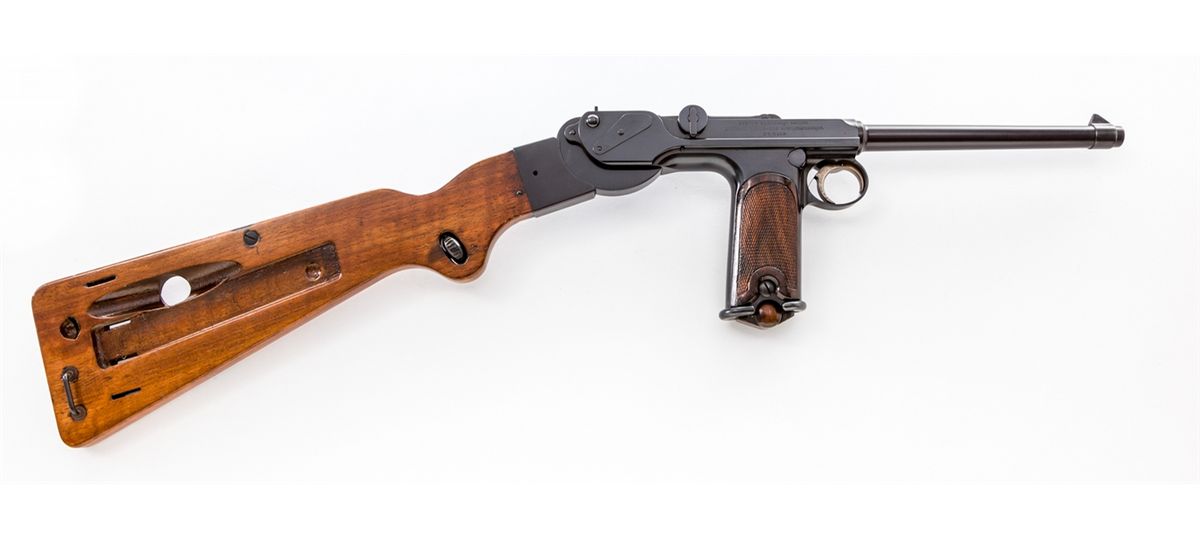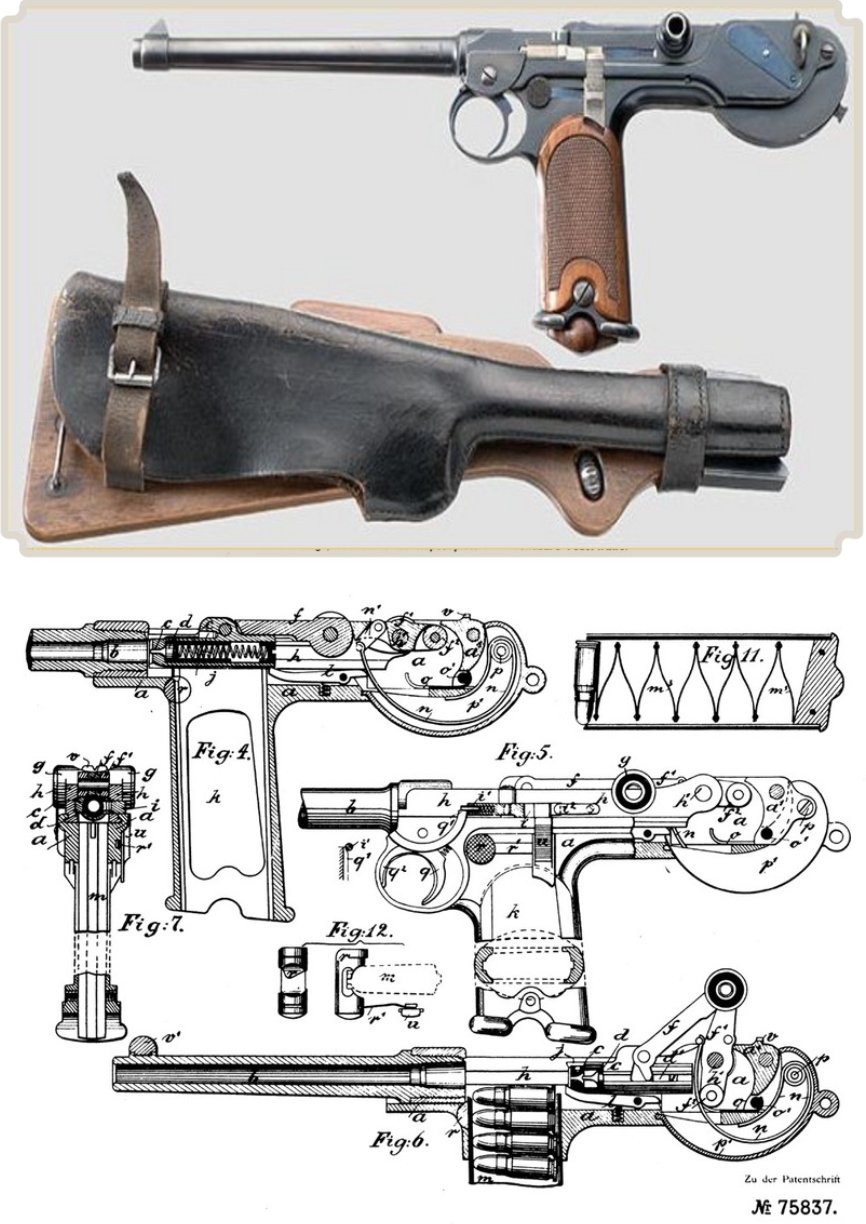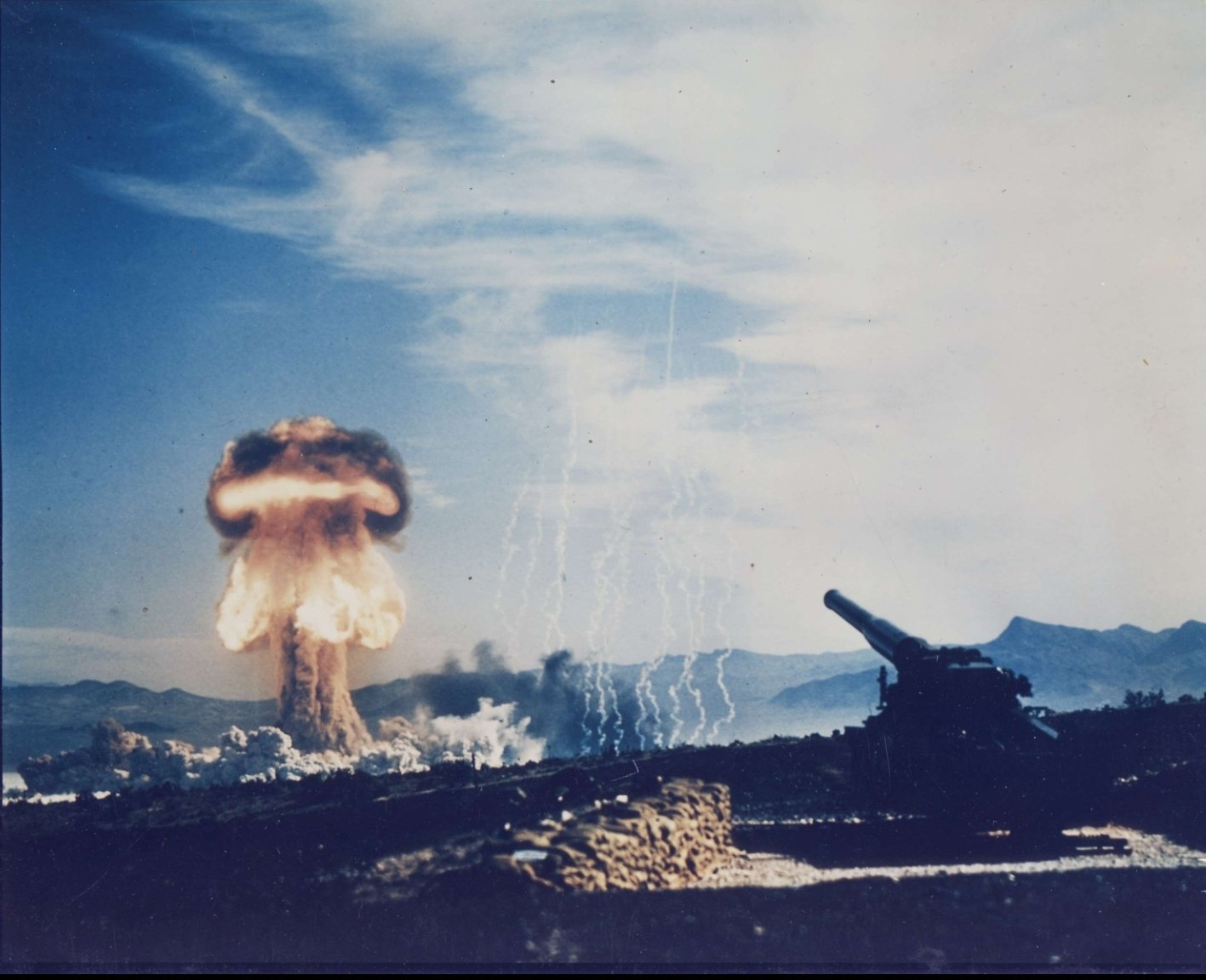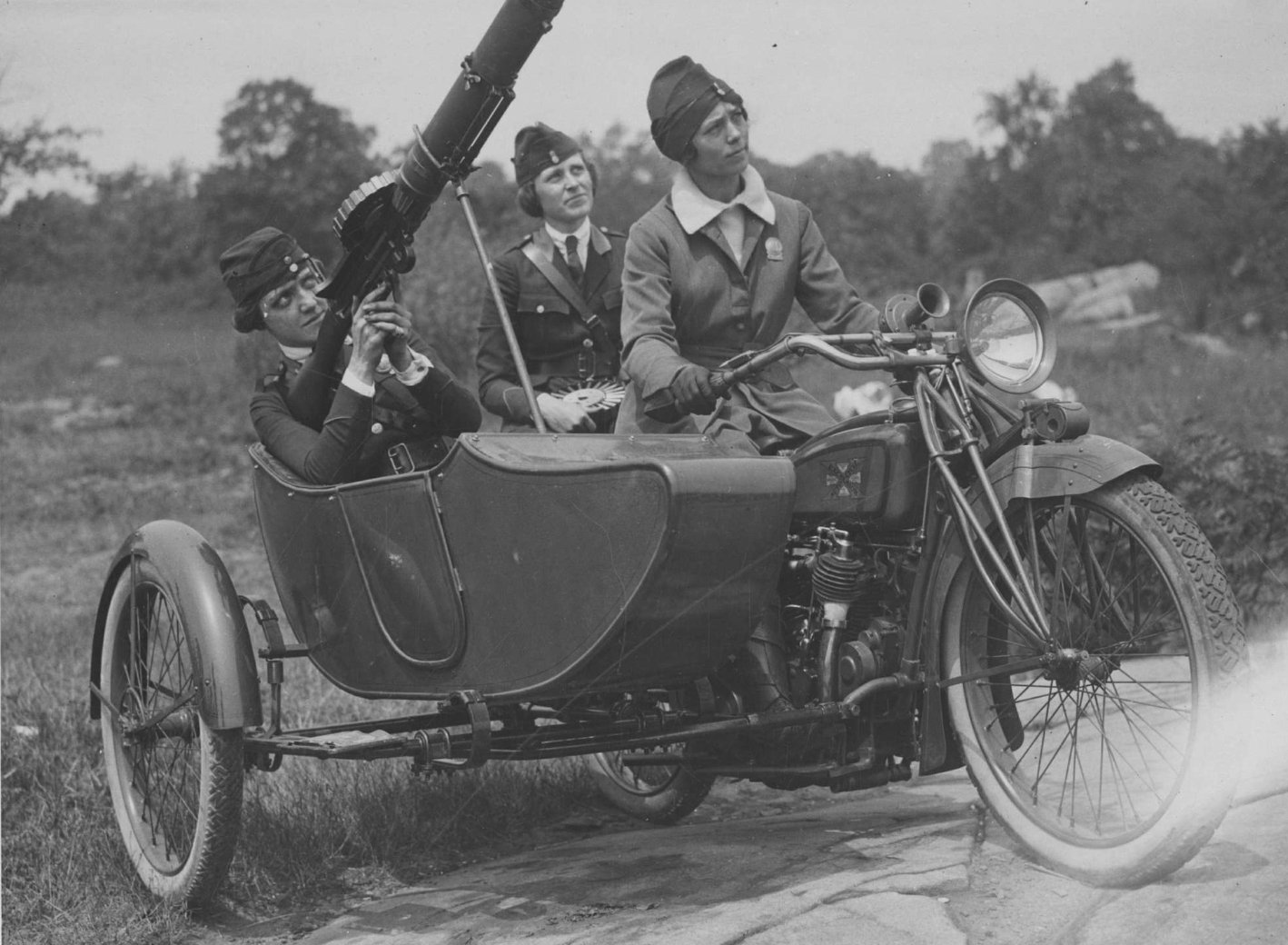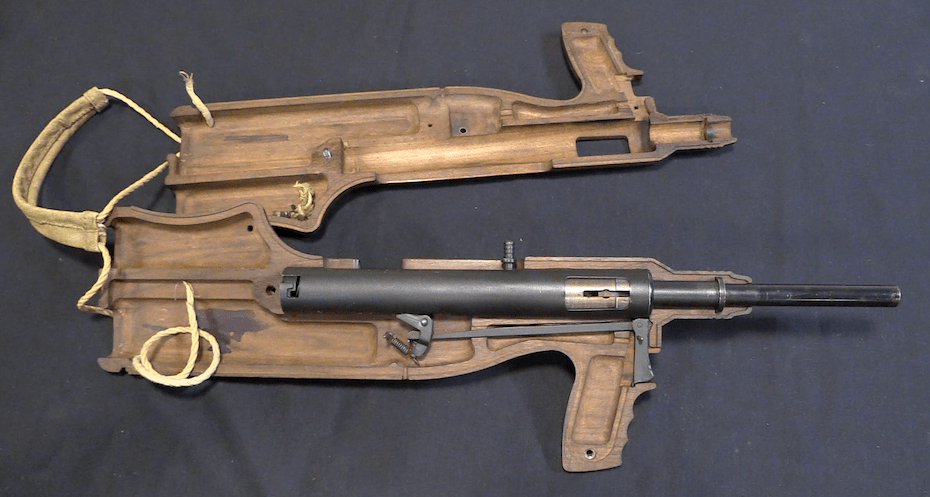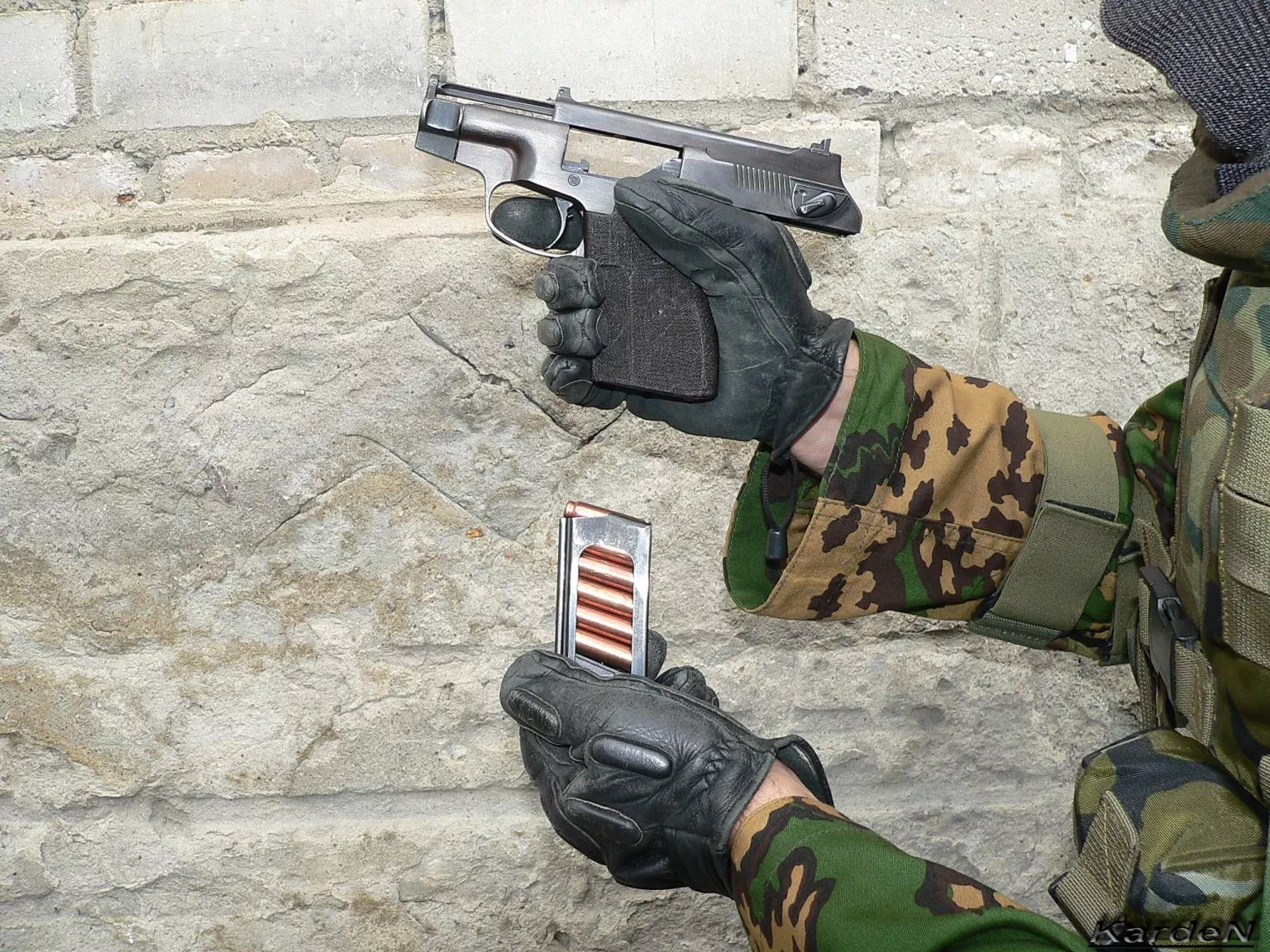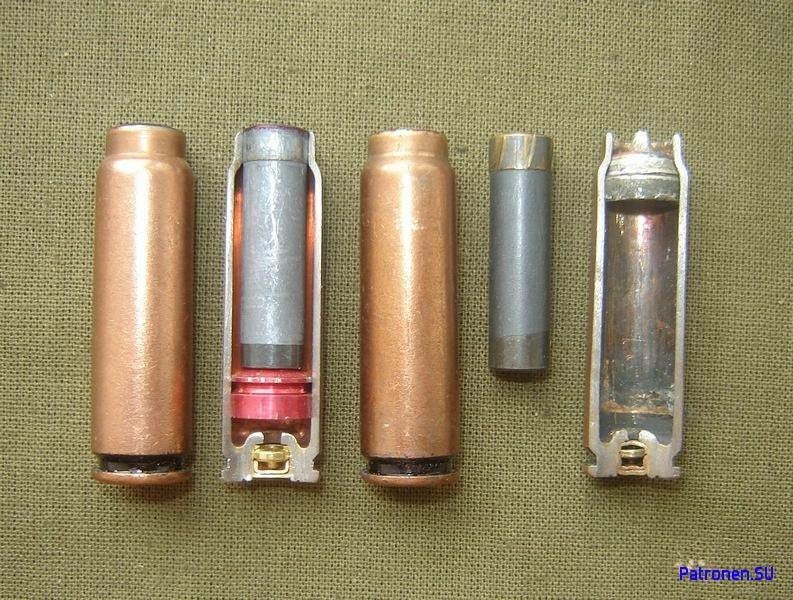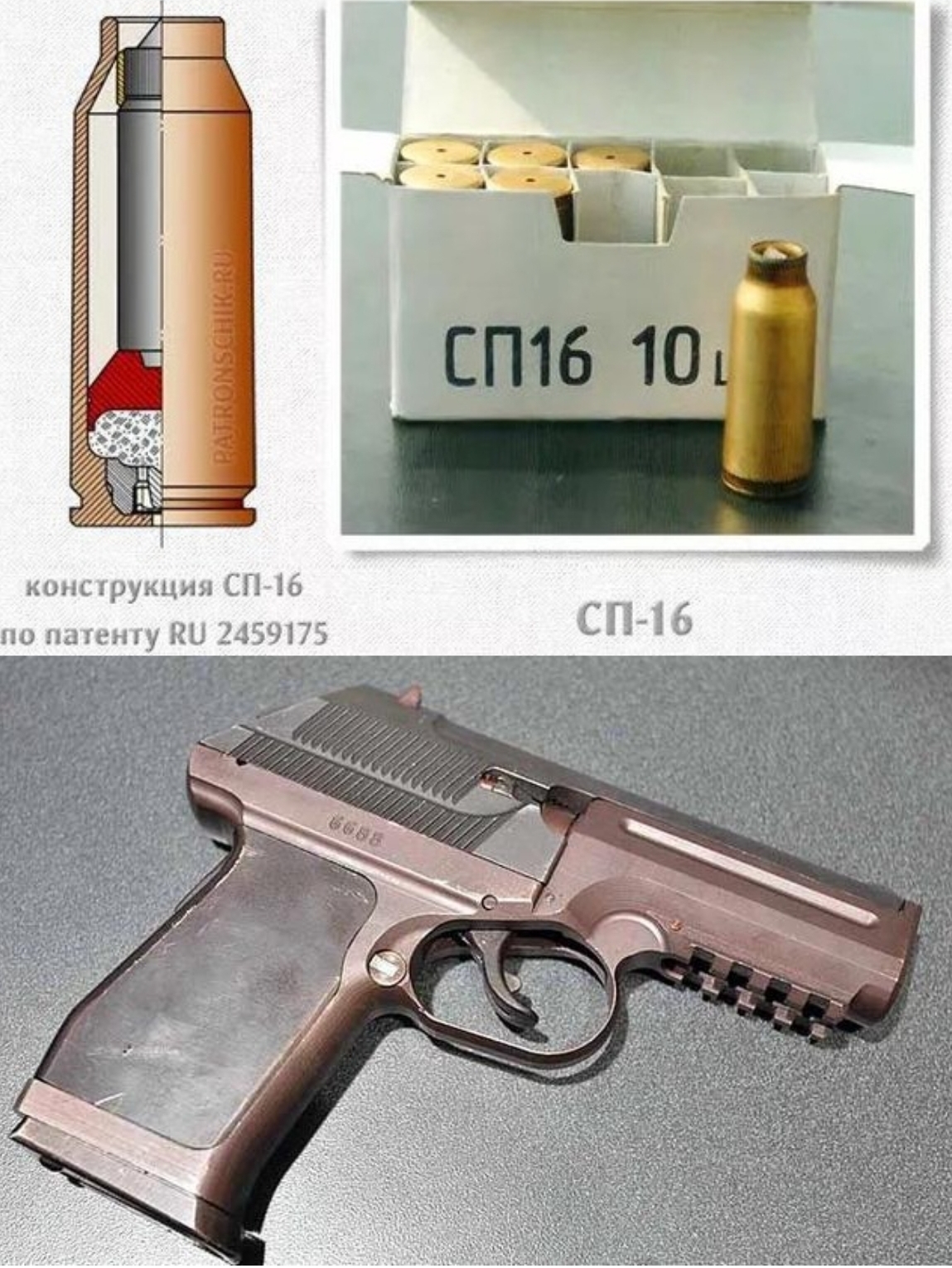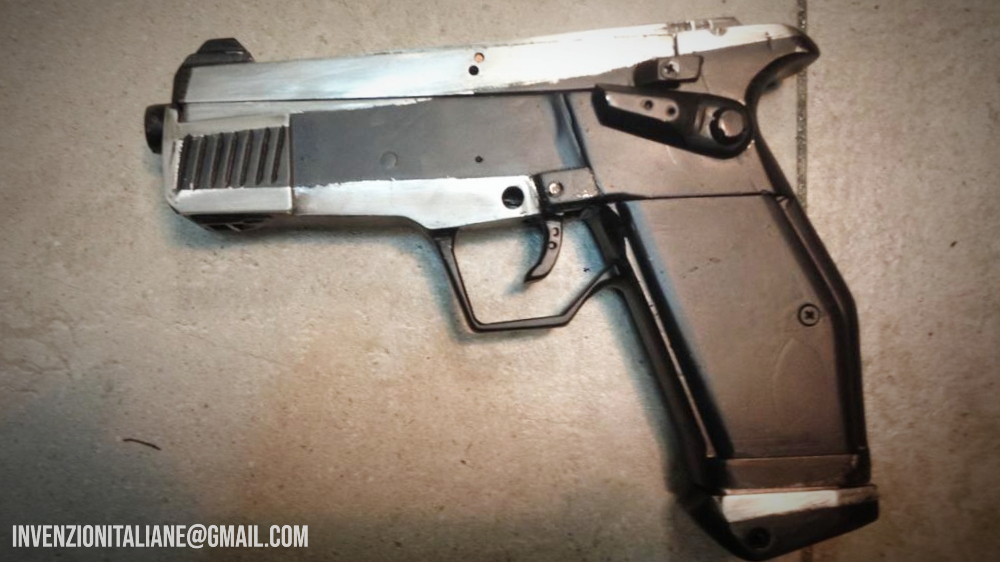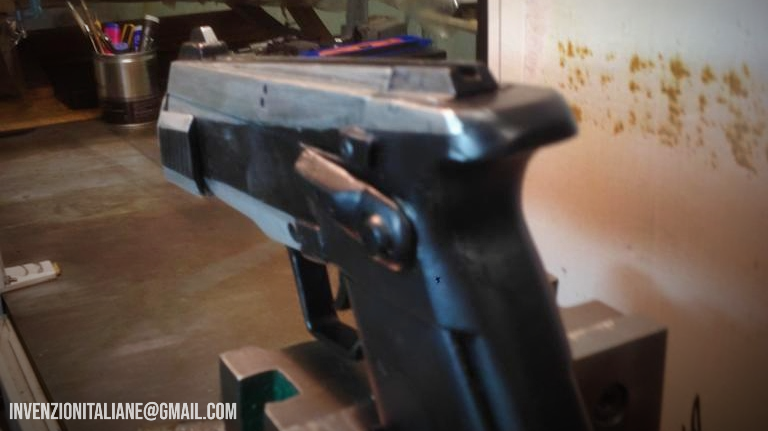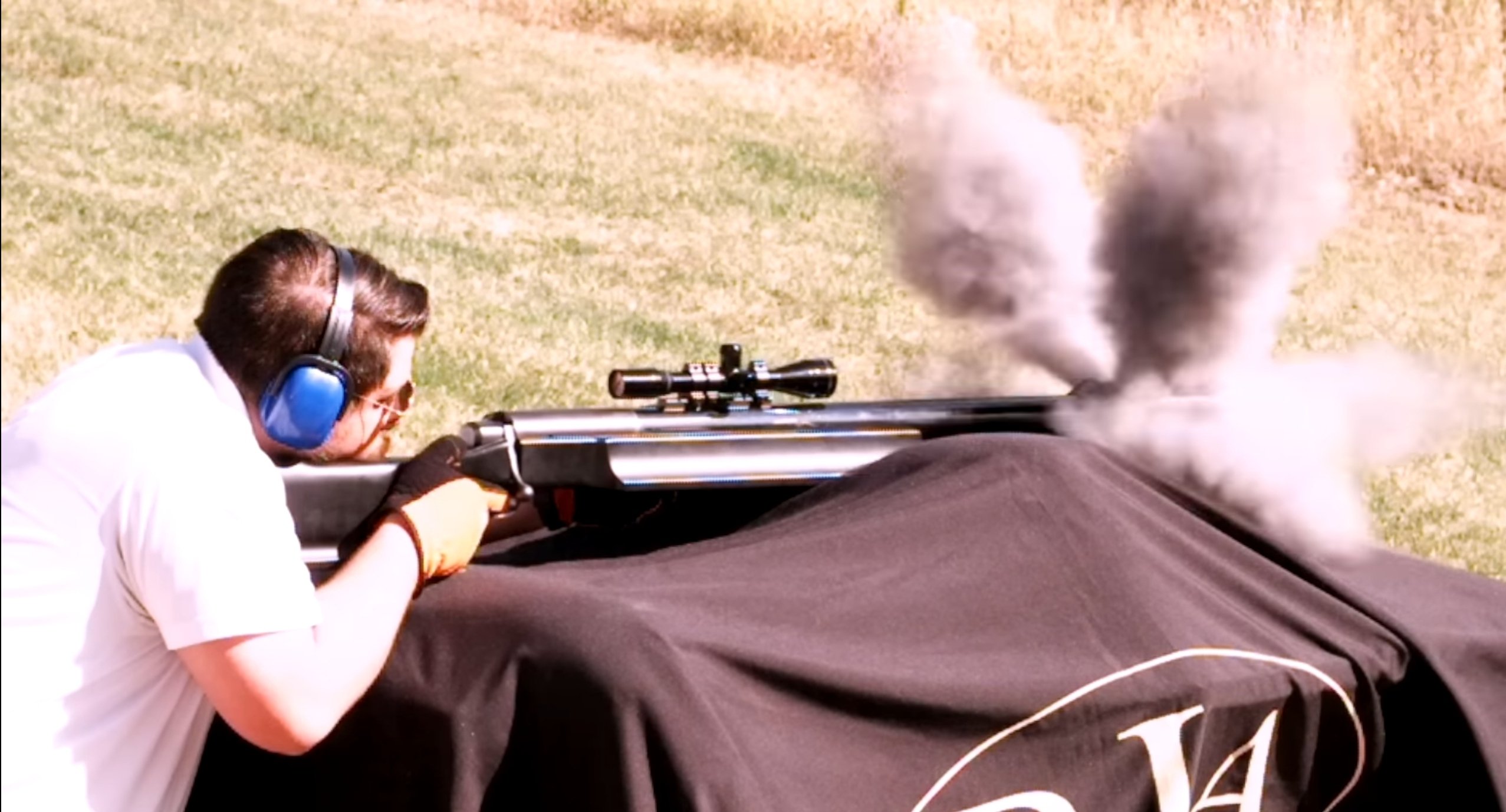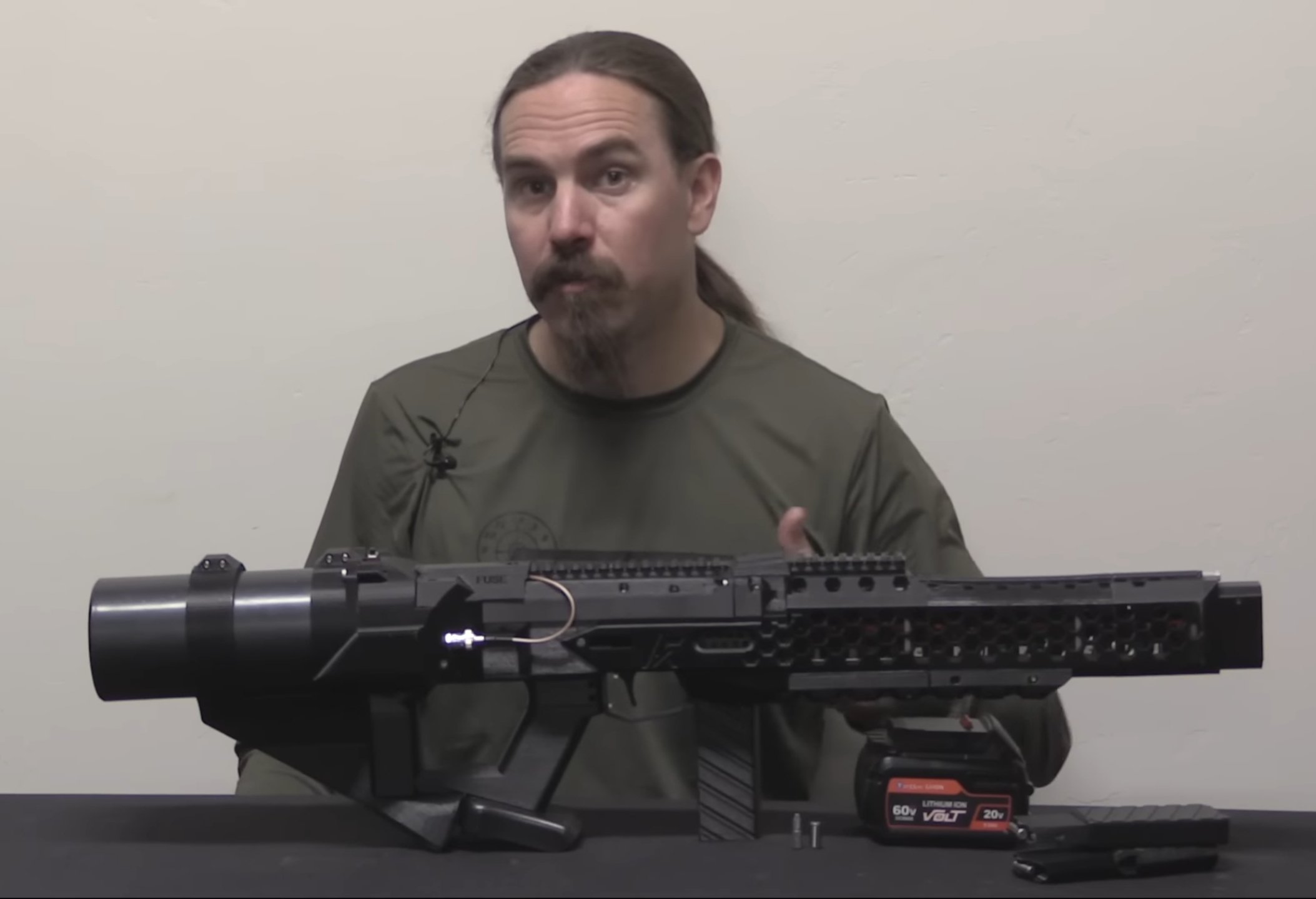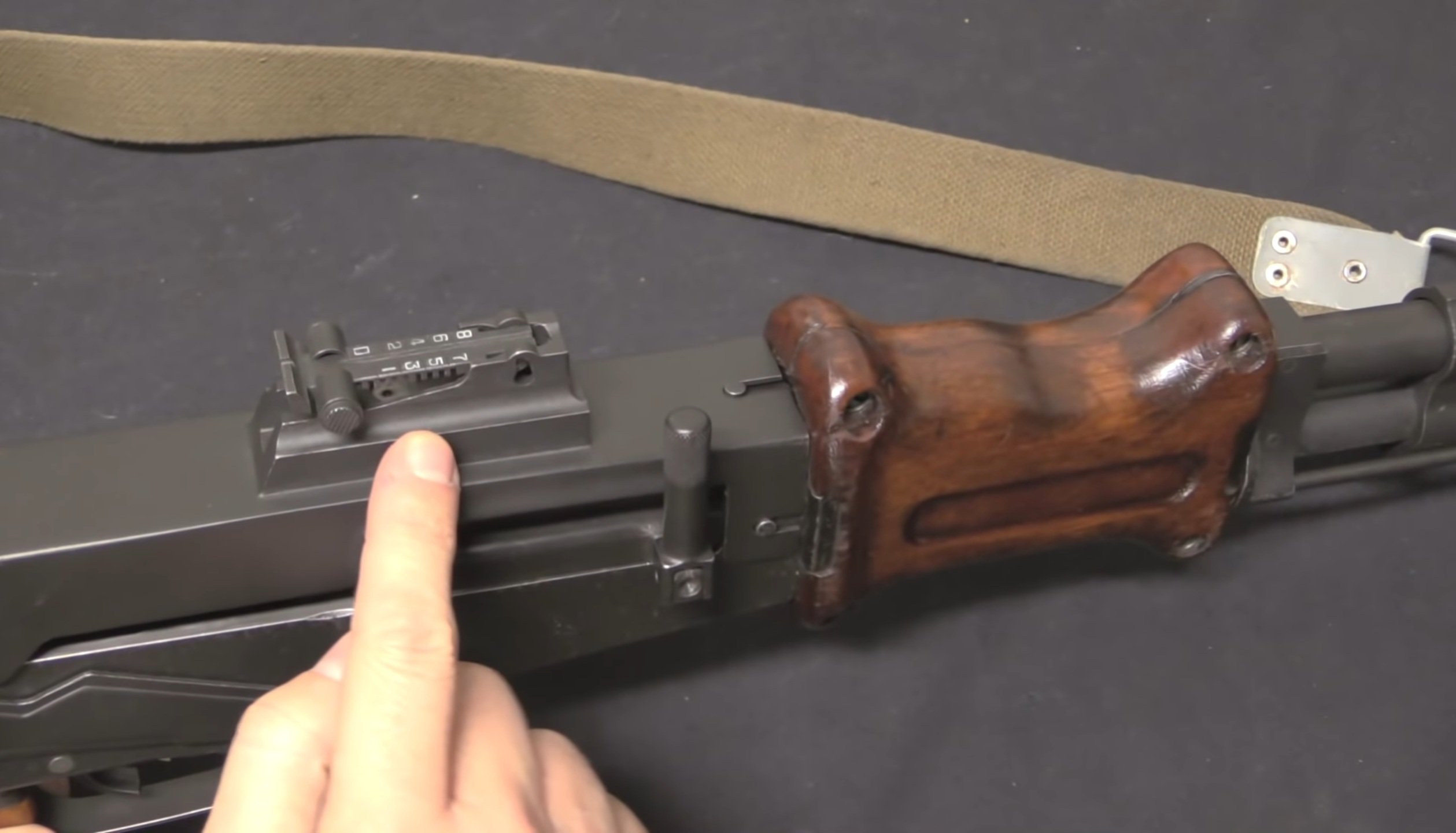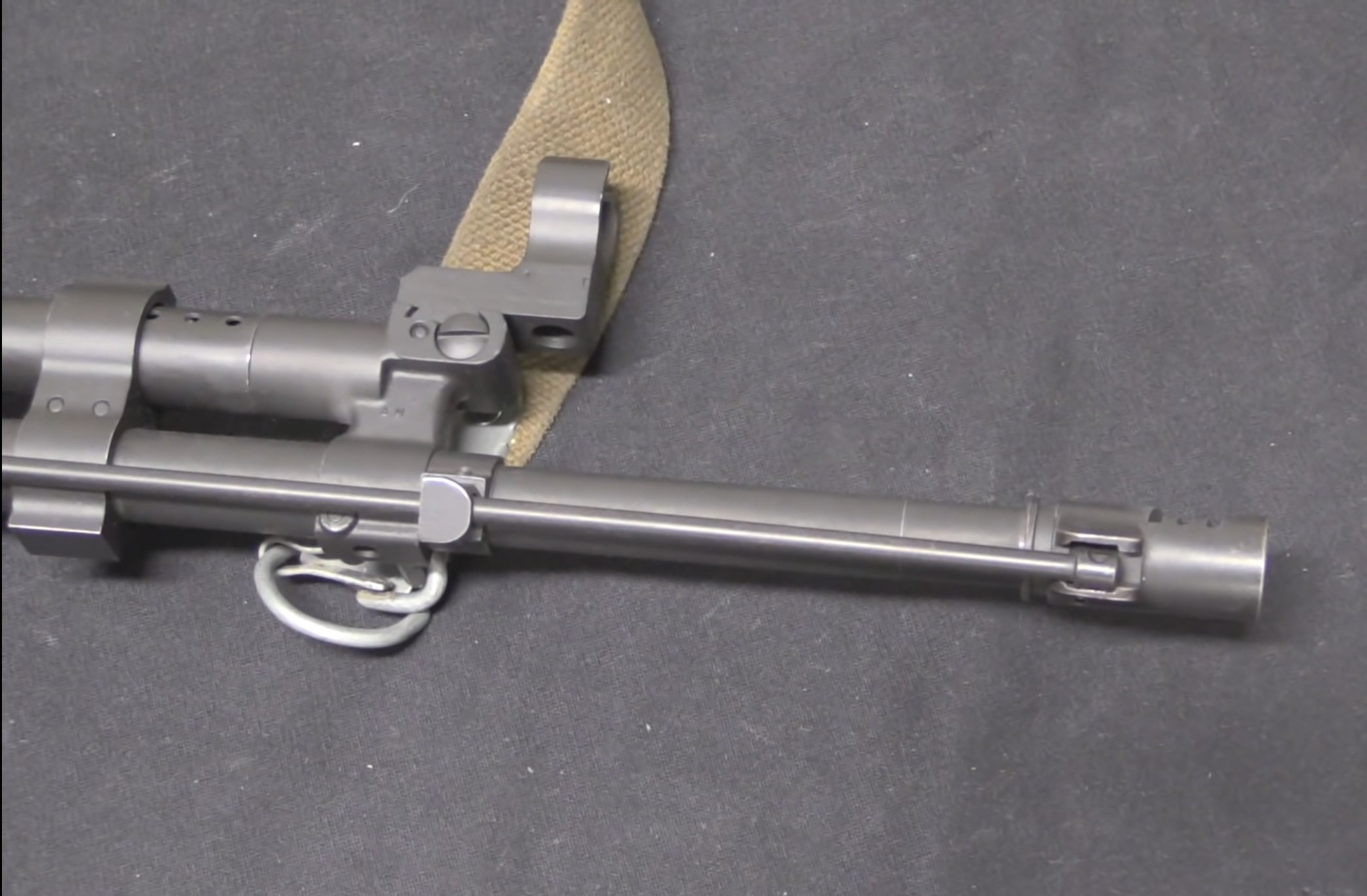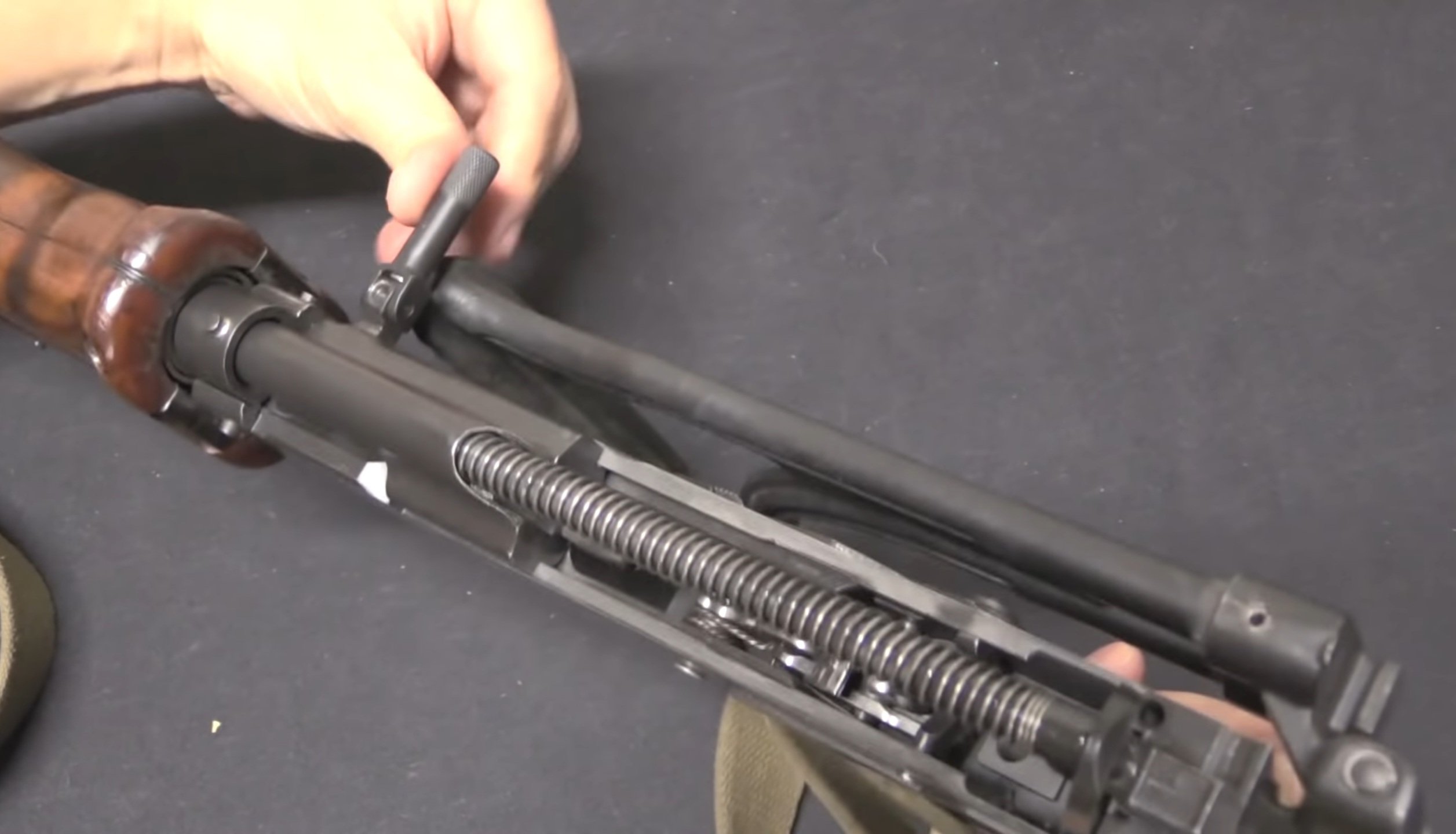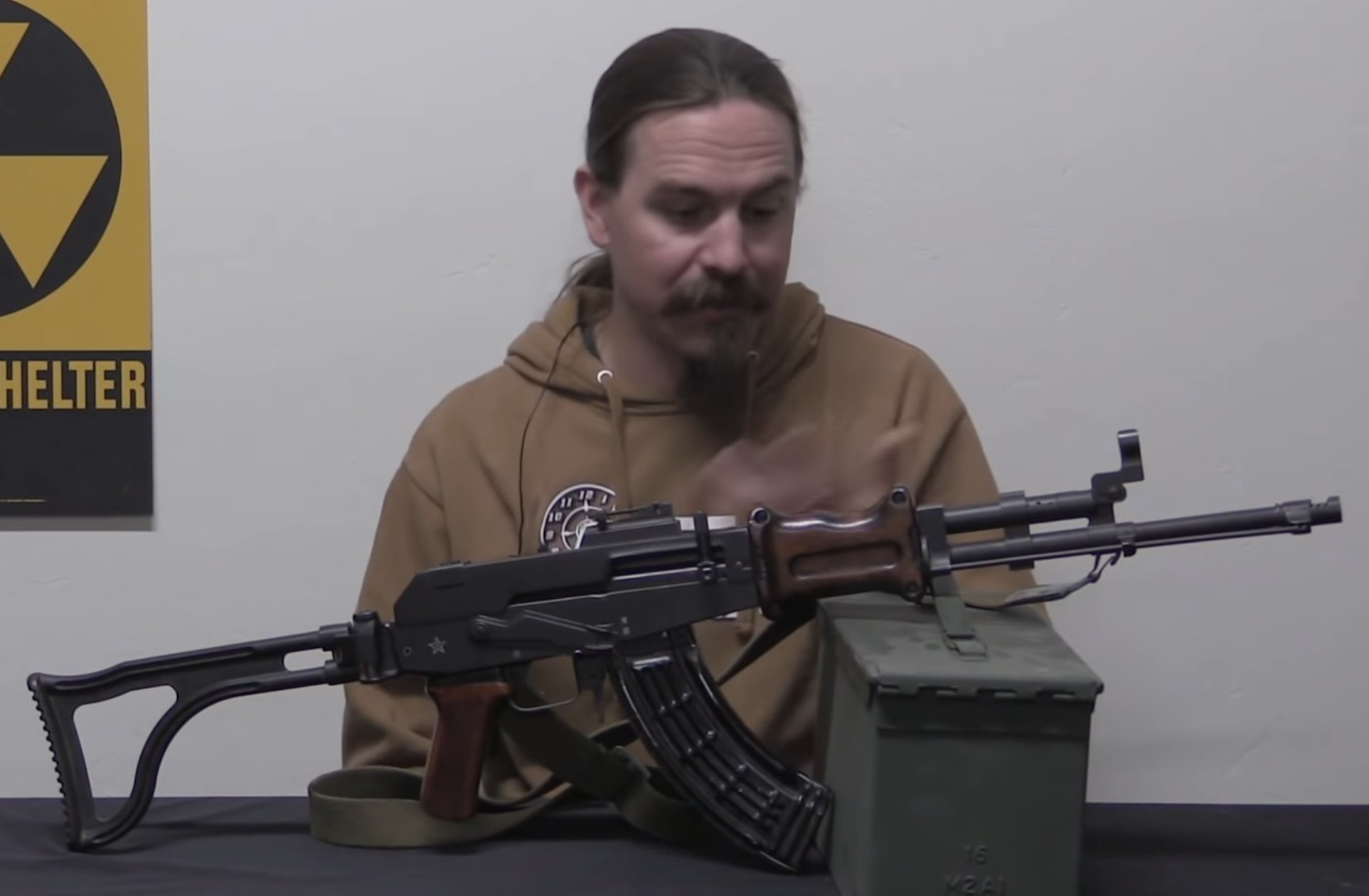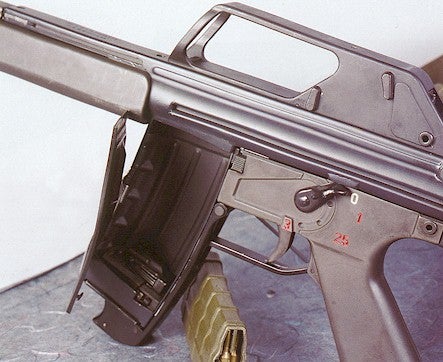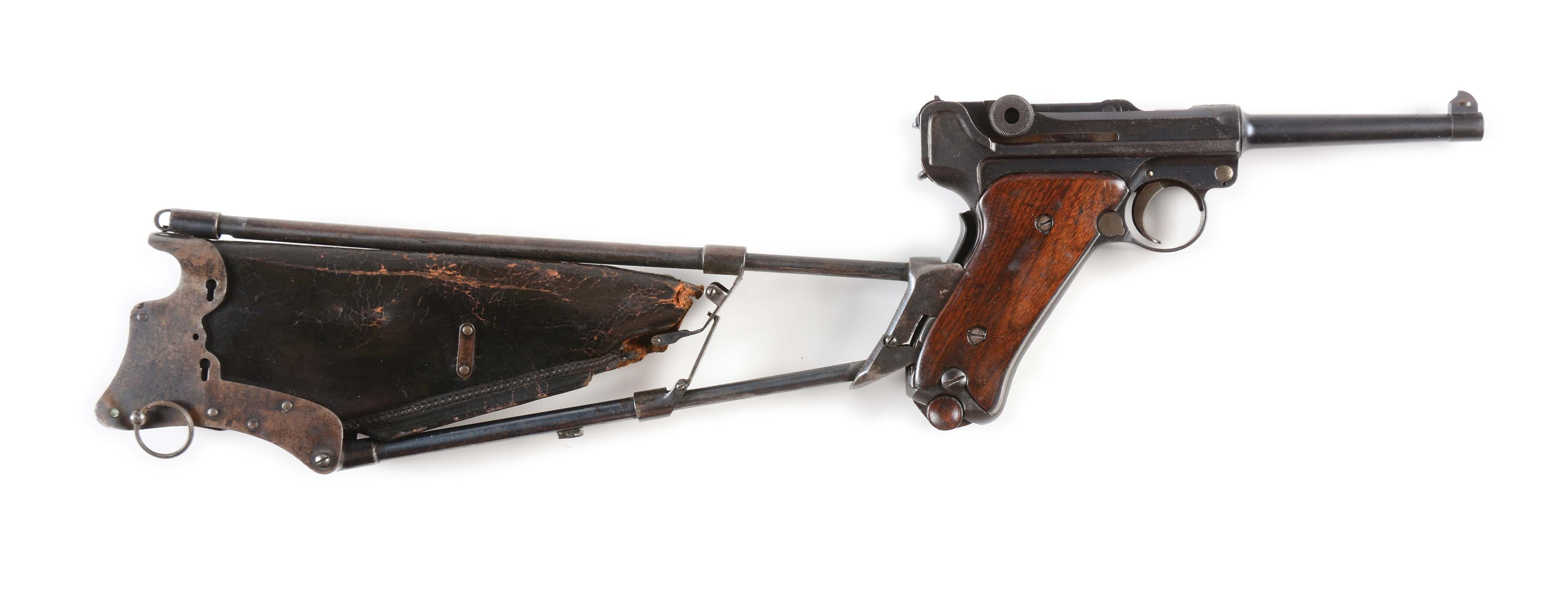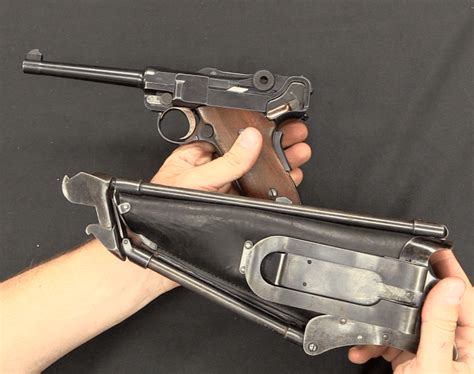Forgotten Weapons
This is a community dedicated to discussion around historical arms, mechanically unique arms, and Ian McCollum's Forgotten Weapons content. Posts requesting an identification of a particular gun (or other arm) are welcome.
https://www.youtube.com/@ForgottenWeapons
https://www.forgottenweapons.com/
Rules:
1) Treat Others in a Civil Manner. This is not the place to deride others for their race, sexuality, or etc. Personal insults of other members are not welcome here. Neither are calls for violence.
2) No Contemporary Politics Historical politics that influenced designs or adoption of designs are excluded from this rule. Acknowledgement of existing laws to explain designs is also permissable, so long as comments aren't in made to advocate or oppose a policy. Let's not make this a place where we battle over which color ties our politicians should have, or the issues of today.
3) No Advertising This doesn't apply to posting historical advertisements.
4) Keep Post on Topic This rule will be enforced with leeway. Just keep it related to arms or Forgotten Weapons. If you feel you have something that's worth posting here that isn't about either of those (and doesn't violate other rules) feel free to reach out to a mod.
5) No NSFW Content Please refrain from posting uncensored extreme gore or sexualized content. If censored these posts may be fine.
Post Guide Lines
These are suggestions not rules.
-Provide a duration for videos. eg. [12:34]
-Provide a year to either indicate when a specific design was produced, patented, or released. If you have an older design being used in a recent conflict provide the year the picture was taken. Dates should be included to help contextualize, not necessarily give exact periods.
-Post a full URL, on mobile devices it can be hard to tell what you're clicking on if you only see "(Link)".
-Posts do not have to be just firearms. Blades, bows, etc. are also welcome.
Adjacent Communities
If you run a community that you feel might fit in dm a mod and we might add your's.
Want to Find a Museum Near You? Check out the mega thread: https://lemmy.world/post/9699481

